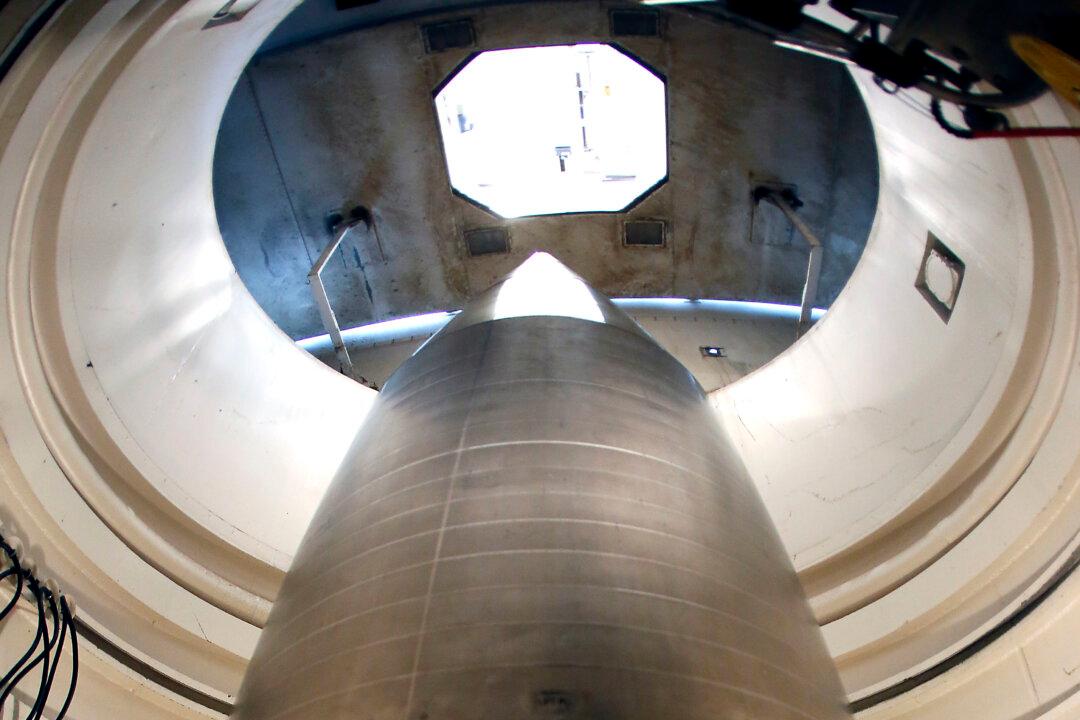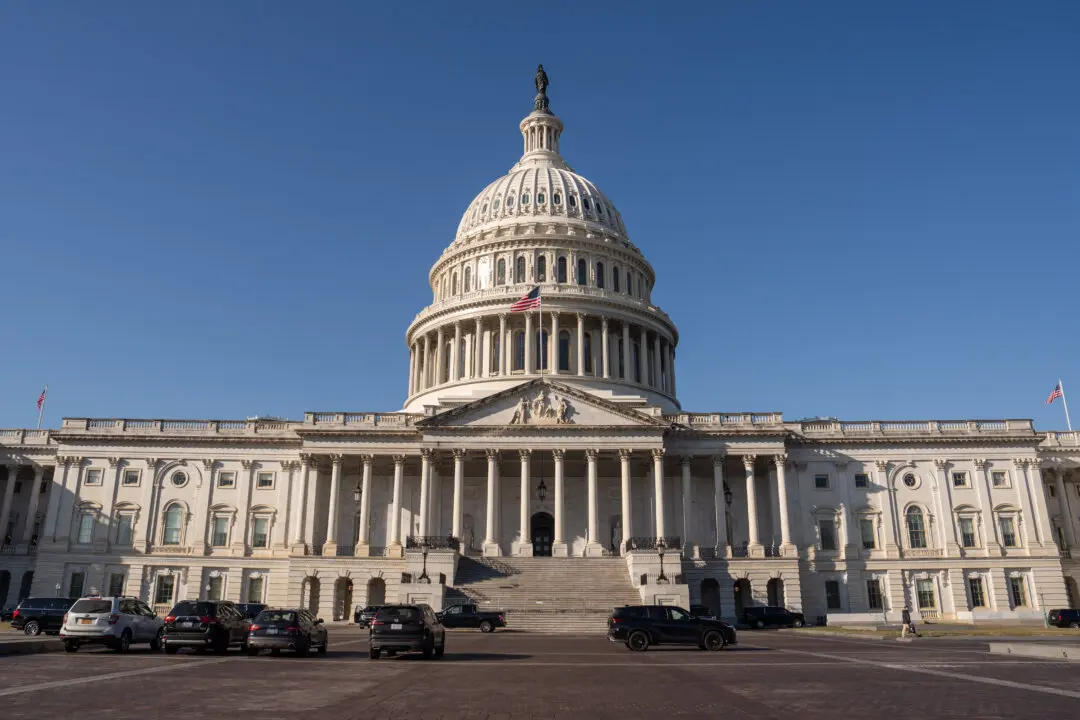After nearly five months of hearings, the House Armed Forces Committee’s six subcommittees on June 13 quickly and unanimously adopted their components of the proposed $874.2 billion fiscal 2024 (FY24) national defense budget.
The next stop for the draft National Defense Authorization Act (NDAA), filed as House Bill 2670, is its first hearing before the entire 59-member House Armed Services Committee on June 21.





